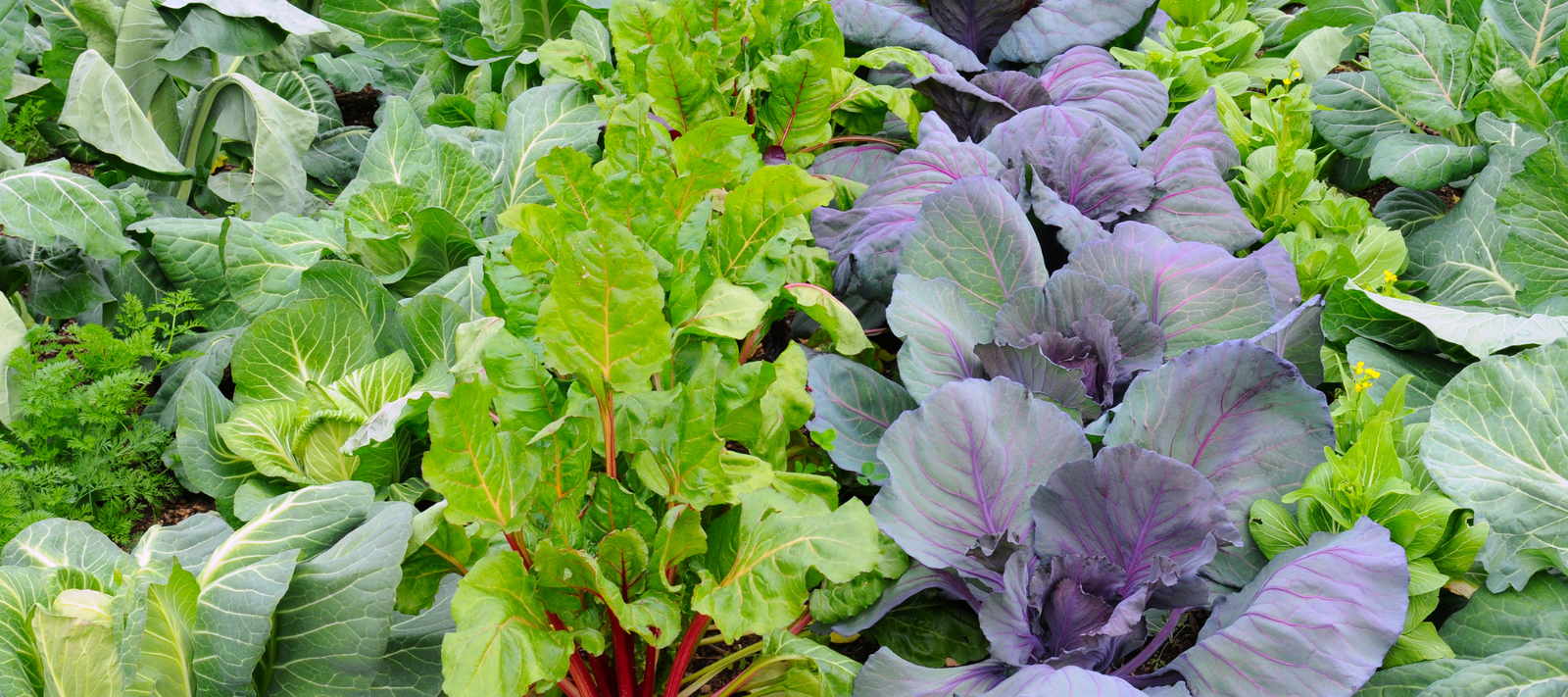
Julian Blackhirst guides you through your winter chores
In The Garden of St Erth’s cold, central Victorian climate, our winters are long and arduous. It’s not uncommon to have snow falls once or twice per year and we suffer heavy frosts from April through until November.
Despite the cold, long winters we continue gardening. The cooler season here can bring a real bonanza of fresh produce from our vegetable garden and the winter dormancy gives a great opportunity to prune, prepare soil, make compost or catch up on any garden jobs neglected from the previous season.
Many of our favourite vegetables are considered winter vegetables. Carrots and other root vegetables, cabbages, broccoli, spinach, peas, pak choy, and other fast growing mustards are all eaten and enjoyed through winter.
Autumn planting of many of these vegetables ensures a steady supply over the winter months and the first sunny days in late winter indicate that it’s time to sow the first of the spring vegetables. Often the soil is in reasonably good shape following the summer crop and a light cultivation. Weeding and the application of a complete organic fertiliser is all that is needed to create a seed bed for sowing winter vegetable seeds.
Garlic, onions and other alliums are cool season crops and should be grown through the cold of winter.
Traditionally onions were sown on the shortest day of the year ( June 21st) and harvested on the longest day. Early varieties make it possible for us to harvest our onions and garlic in November in time to put summer vegies in their place. Keeping our garlic beds weed free is important in order to get a harvest of good sized garlic. If we brave the cold winter temperatures and cultivate between each row with a hoe regularly, weeds don’t manage to take hold and we can avoid hours of painstaking hand weeding.
Sow a green manure crop to improve your soil
Any spare garden beds can be sown with a cover crop, or green manure over the winter to add organic matter and prevent the leaching of nutrients from the soil.
Any winter hardy plants can be used for green manure. A combination of cereals like oats or barley and legumes like peas, broadbeans or vetch is ideal for winter green manure cropping. I know of gardeners who put more than 30 different species into their green manure mix.
When the green manure first starts to flower, it is time to dig it into the soil so it can decompose and enrich the soil for future crops. We’ve found that digging in the green manure is much easier if it is first cut into small pieces with a brush cutter or pair of sharp garden shears. It can then be lightly turned into the topsoil with a garden fork. After being incorporated into the soil, it’s best to wait 4–6 weeks before planting so that it has rotted down completely.
Winter is also the time to tend perennial crops; whether rhubarb, asparagus, berries or ornamentals. We use the dormant winter months to tweak the plantings in our perennial border; move, divide and renew plantings or plant new perennials.
Perennials
Cutting back dead foliage is the first step. It is important to wait until all green growth has browned off before cutting back to allow the plants to draw the energy into their root systems and store it for the coming spring.
Many of our cane berries fruit on one year old wood so remove all dead wood which has already fruited but ensure you leave the newest canes to bear fruit next time. A good top dressing of well rotted manure or compost, followed by mulch will help feed the soil and plants throughout the coming season and keep weeds at bay.
And of course any material from cutting back, spent vegetable crops from the previous season and fallen leaves can be added to the compost to create a wonderful homemade soil conditioner to add to the soil in spring.
Make sure to mix different green and brown materials in your compost heap to achieve a good balance of carbon and nitrogen and cover the compost heap from the weather while it decomposes.


